How to Monitor Activity in Your IBM Cloud with LogDNA
Cloud environments are becoming increasingly complex, with applications and even infrastructures changing constantly. Despite their dynamic nature, these environments must be monitored constantly for teams to ensure the stability, security, and performance of workloads running in them. Tracking these infrastructure changes is one of the most important—and one of the most difficult—parts of maintaining a cloud environment, which is why we partnered up with IBM to created the IBM Cloud Activity Tracker.
IBM Cloud Activity Tracker with LogDNA lets you monitor and log events affecting your IBM Cloud infrastructure including user actions, security events, and application deployments. In this article, we’ll explain how the tracker can help you stay on top of your infrastructure changes.
What is IBM Cloud Activity Tracker?
IBM Cloud Activity Tracker monitors activities and events occurring within your IBM Cloud account. It provides observability into your cloud systems and services by tracking API calls generated by users and other services. These range from user-initiated application requests to IAM and account management actions. Using IBM Cloud Activity Tracker, you can view, audit, and even search through these events.
IBM Cloud Activity Tracker with LogDNA extends Cloud Activity Tracker by storing these events in a private LogDNA instance managed by IBM. You can use the familiar LogDNA web UI to perform searches, live tail events, create views and alerts, and build charts. LogDNA automatically parses and indexes events generated by Cloud Activity Tracker, letting you search and query logs quickly and easily.
Note that this service is separate from IBM Log Analysis with LogDNA, which lets you log applications running in the IBM Cloud. In other words, Cloud Activity Tracker monitors events affecting your IBM Cloud applications, while Log Analysis monitors the output of the applications themselves.
What Events Does IBM Cloud Activity with LogDNA Capture?
IBM Cloud Activity Tracker with LogDNA automatically captures interactions between users, applications, and IBM Cloud services. Where IBM Log Analysis with LogDNA collects logs from your applications, IBM Cloud Activity Tracker with LogDNA collects logs from your infrastructure. This makes it easy to monitor for security incidents, user actions, API calls to cloud services, and changes in operations.
To set up IBM Cloud Activity Tracker with LogDNA, you will need to provision an instance in one of IBM’s regional data centers. The getting started tutorial will walk you through the setup process. IBM Cloud generates two types of events: global, and local.
Global events affect resources across all regions, such as adding a user to your organization. While these events affect multiple regions, they’re consolidated in IBM’s Frankfurt location. This means that in order to log global events, you will need to provision an instance in Frankfurt.
Local events are generated by resources hosted within a specific region. These types of events remain local to the data center that they were generated in. For example, if you host a Kubernetes cluster in IBM’s Dallas location, you will need to provision an IBM Cloud Activity Tracker with LogDNA instance in Dallas in order to capture the cluster’s activities.
Each instance of the tracker is a completely private LogDNA instance. With the exception of Frankfurt, you will only see activity logs for each region in its respective instance. Logs are retained for 7–30 days depending on your plan, so you can easily audit recent events. If you need a longer retention period, you can automatically archive your logs to IBM Cloud Archive Storage.
Conclusion
IBM Cloud Activity Tracker with LogDNA brings the power, speed, and flexibility of LogDNA to your IBM Cloud environment. When deployed alongside IBM Log Analysis with LogDNA, it gives you complete visibility over your IBM Cloud systems. To learn more, read the announcement on the IBM blog or visit the product page in the IBM Cloud catalog. As always, feel free to contact us with any questions.
.jpg)

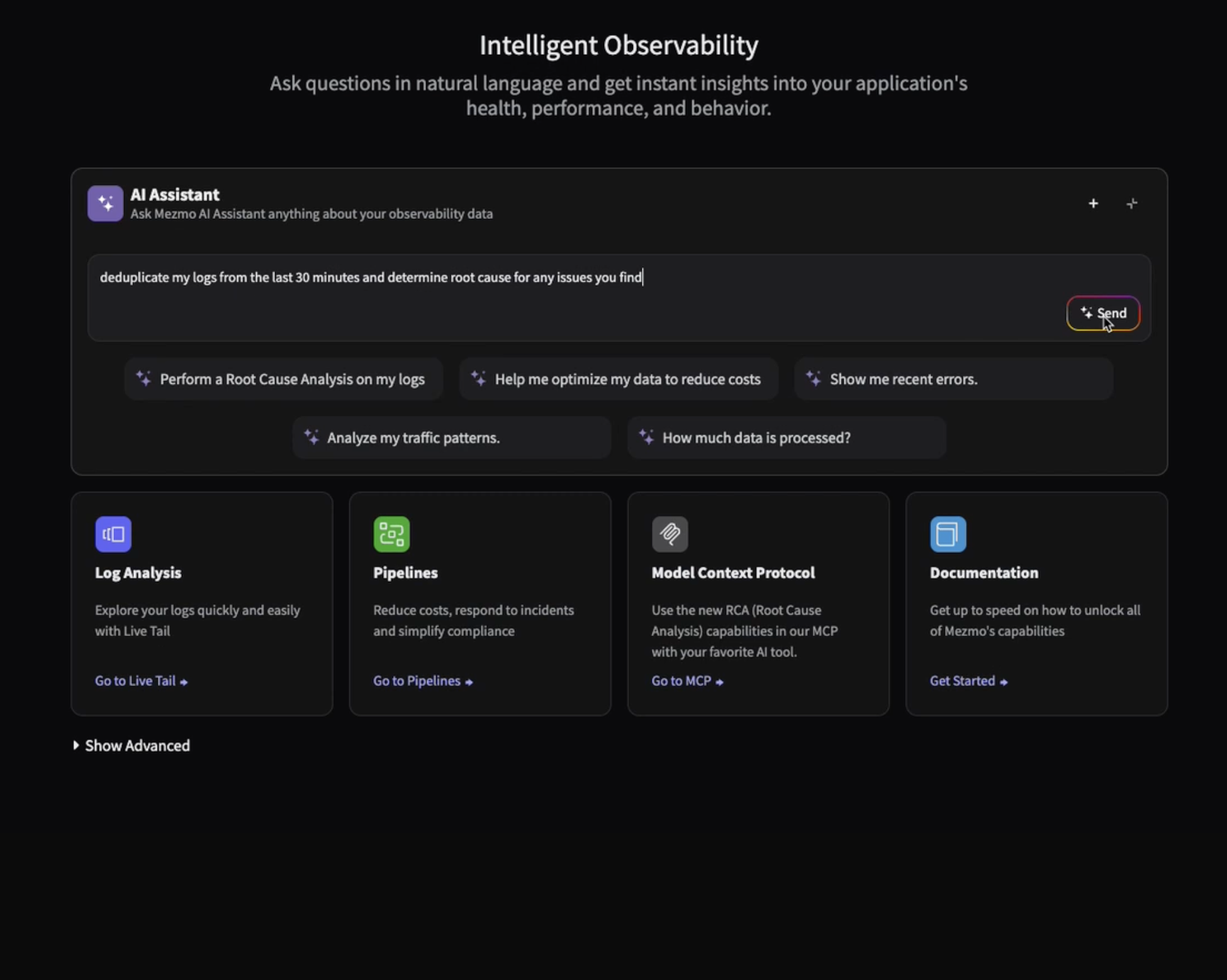
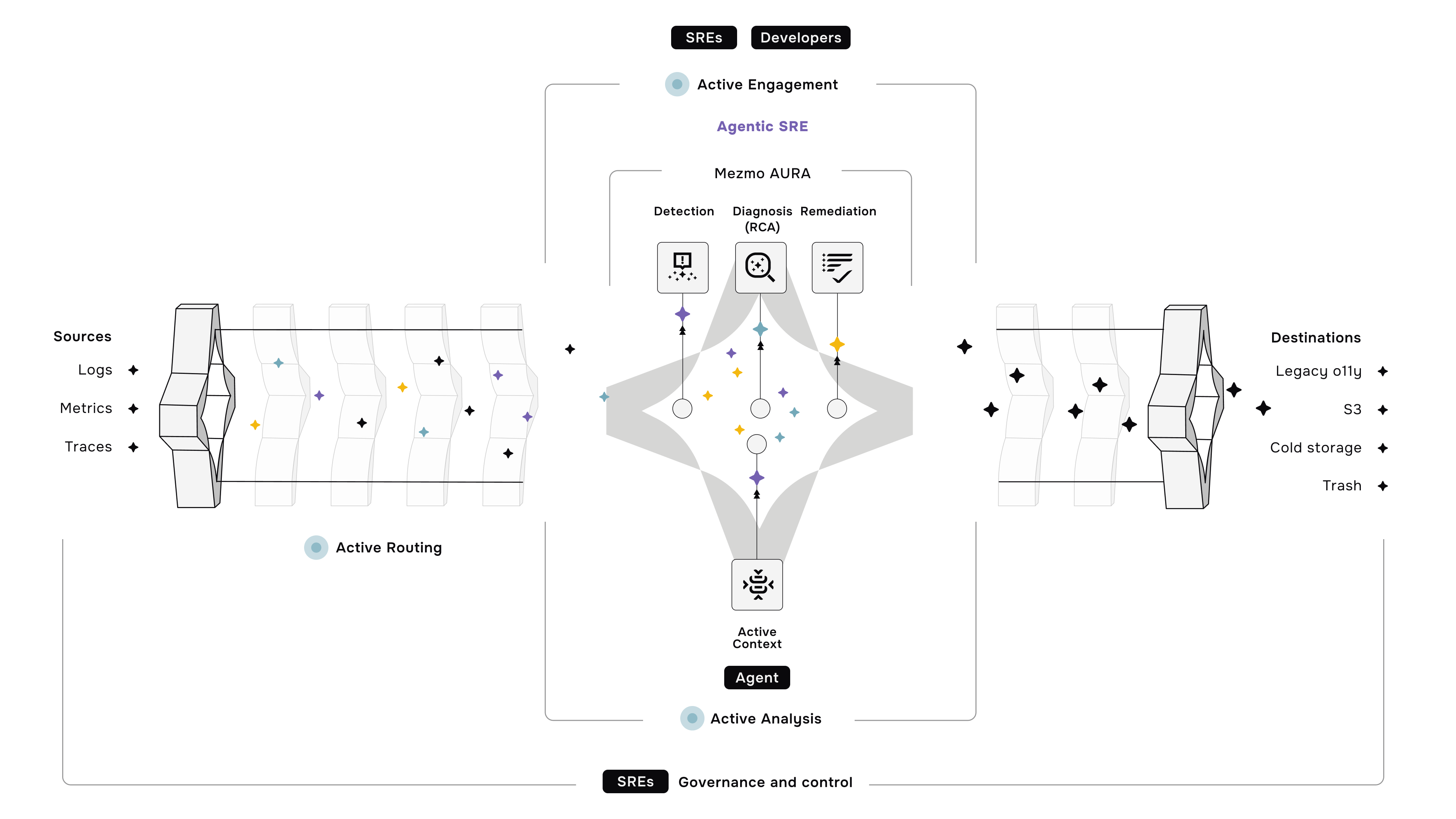

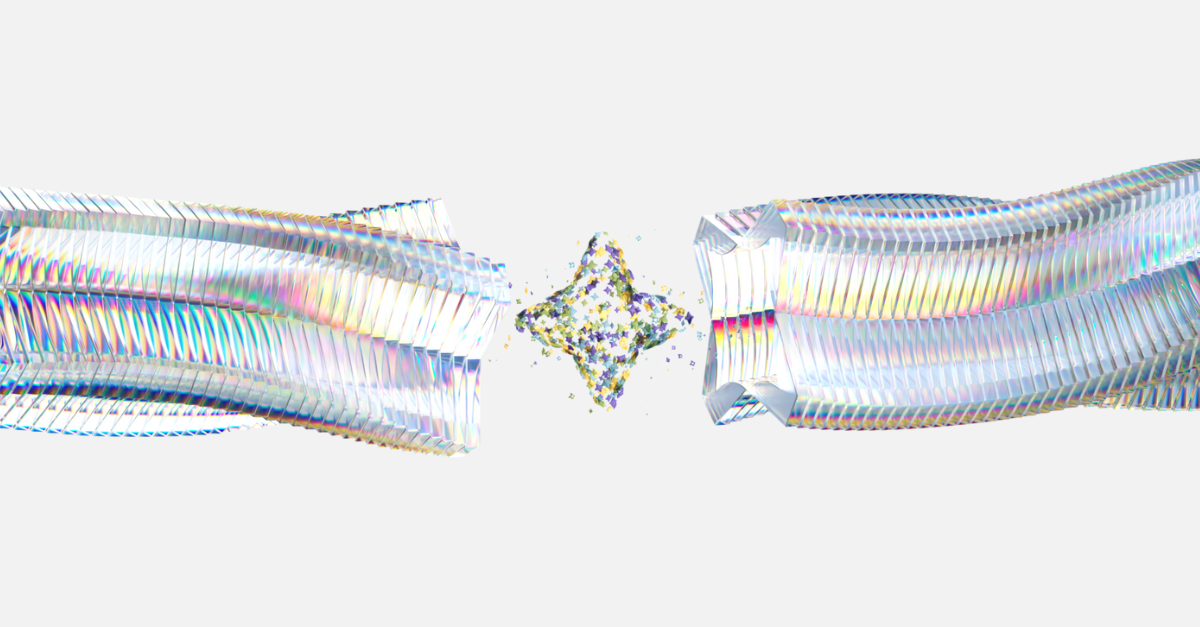




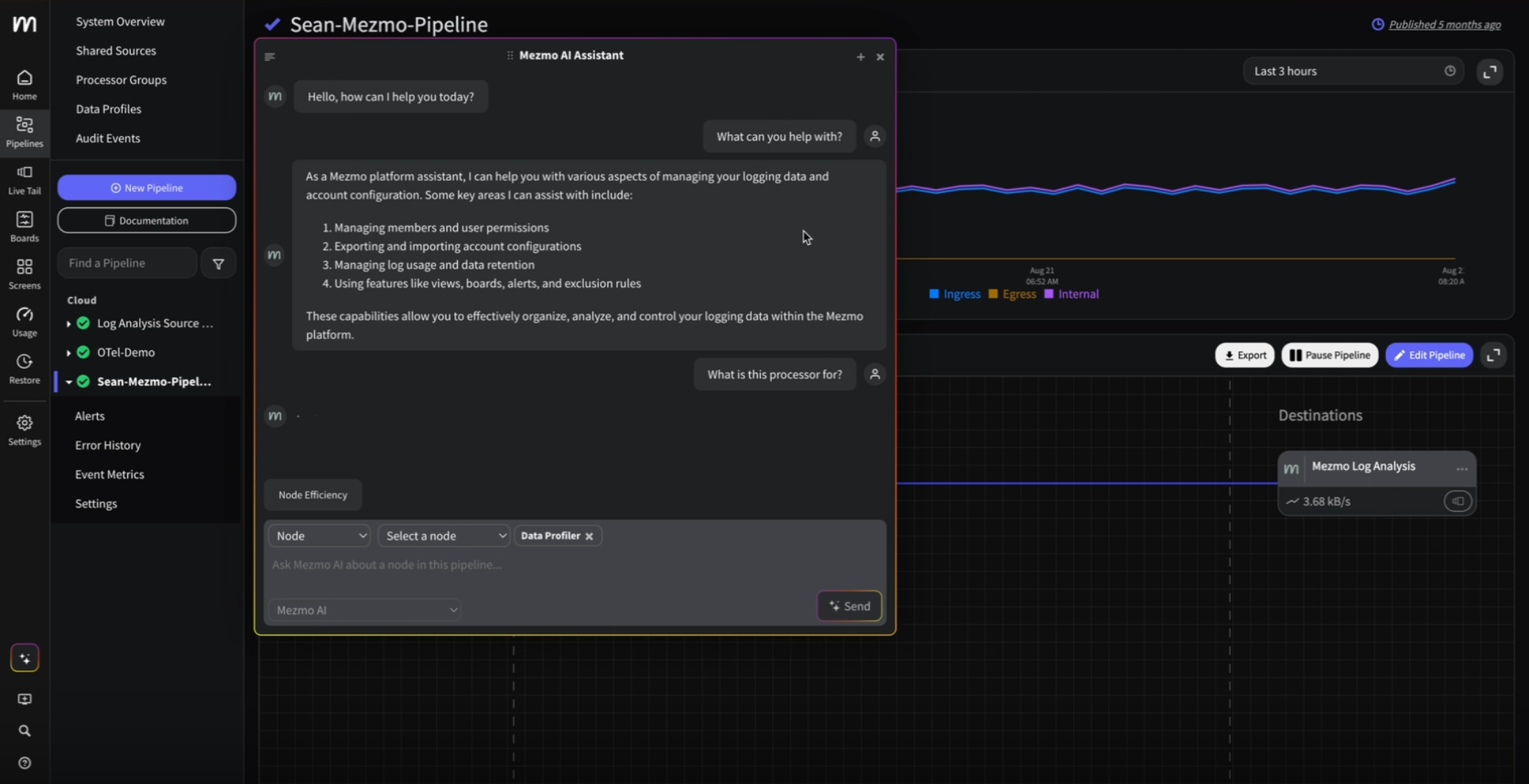


.png)




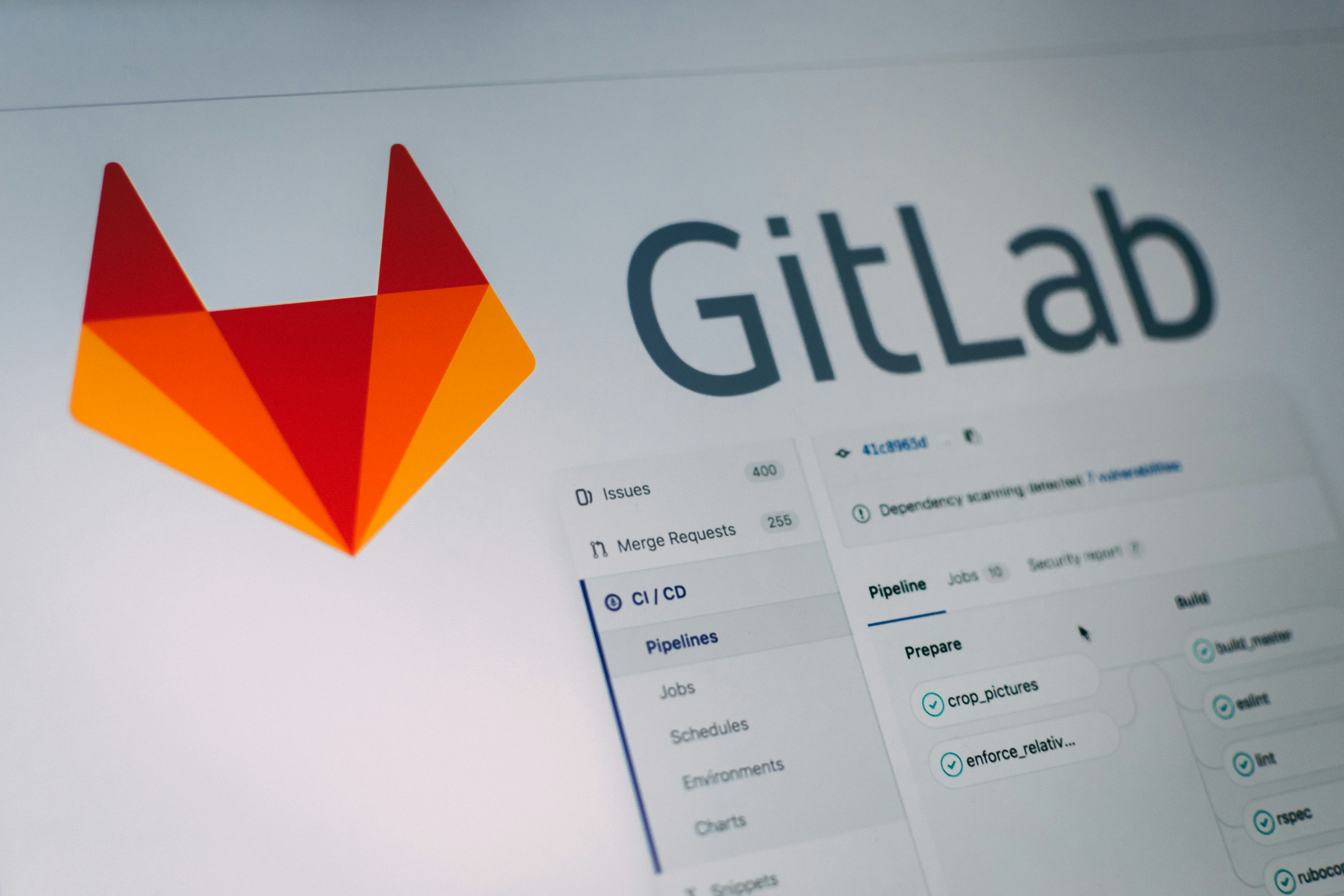



















.png)


































































